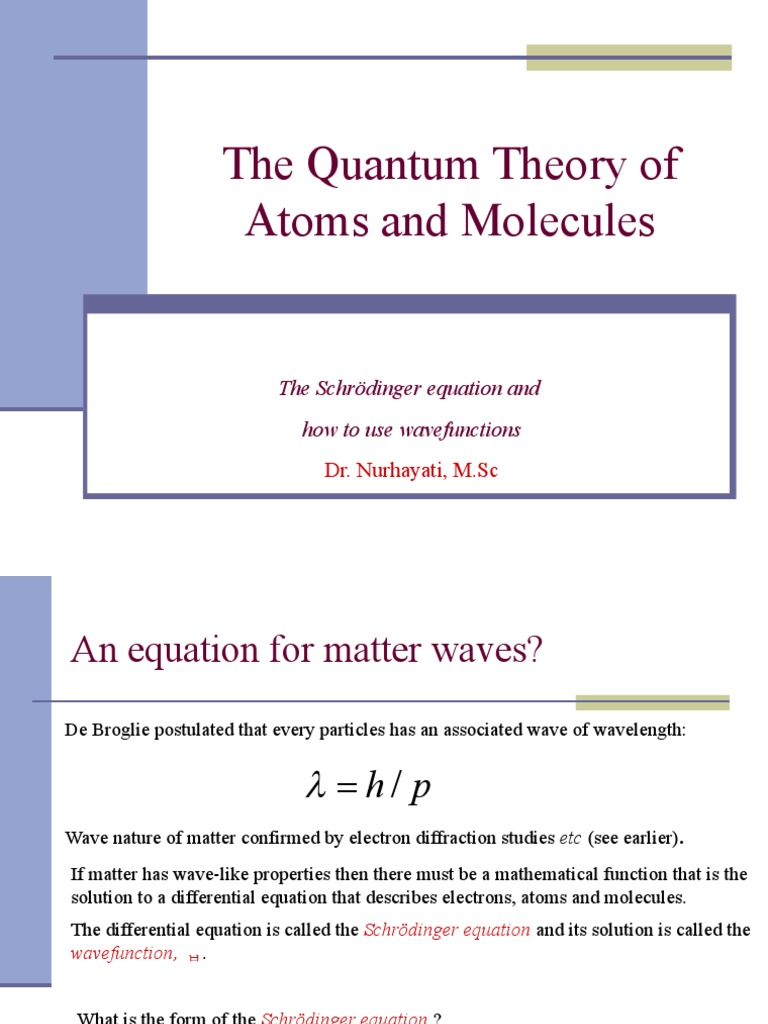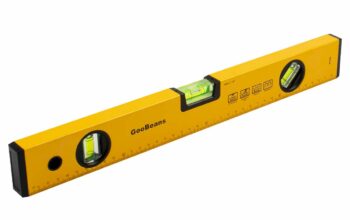The cloak of quantum mechanics envelops myriad phenomena that challenge classical intuition, and at its helm is Schrödinger’s equation. This pivotal equation encapsulates the essence of quantum states and their evolutions, playing a paramount role in the burgeoning field of quantum computing. In understanding how Schrödinger’s equation informs quantum computing, it is crucial to explore its implications, applications, and the underlying principles that make it a cornerstone of this revolutionary technology.
The Foundation of Quantum Mechanics
Schrödinger’s equation serves as a mathematical representation of how quantum systems change over time. It provides a framework to describe a system’s state through a wave function, denoting not merely the location of a particle but the probabilities associated with its various possible positions and states. This probabilistic nature diverges sharply from classical mechanics, where objects possess definite positions and velocities. In quantum mechanics, the act of measurement interacts with the wave function, collapsing it into one of the many potential states, thus introducing the concept of superposition—a foundational idea in quantum computing.
Superposition: The Quantum Parallel
Superposition allows quantum bits, or qubits, to exist in multiple states simultaneously, unlike classical bits that can only be in ‘0’ or ‘1’. This schism is where the true power of quantum computing lies. By utilizing the principles entrenched within Schrödinger’s equation, quantum computers can perform complex calculations at unprecedented speeds. Through superposition, a quantum computer can explore a multitude of solutions to a given problem concurrently, making it exponentially more powerful than classical computation for specific tasks.
Entanglement: The Quantum Tangle
Another significant implication of Schrödinger’s equation is the phenomenon of entanglement. When two or more qubits become entangled, the state of one qubit becomes intrinsically linked to the state of another, irrespective of the distance separating them. This nonlocality, once deemed paradoxical by classical standards, enables quantum computers to perform complex operations that classical computers would struggle to replicate. The entanglement of qubits is subtly articulated through the wave functions defined in Schrödinger’s equation, showing how interconnected quantum systems can lead to greater computational capabilities.
The combination of superposition and entanglement enables quantum algorithms that outperform their classical counterparts. For instance, Shor’s algorithm for integer factorization exploits these quantum properties, offering polynomial-time complexity compared to the exponential time required by classical algorithms. The elegance of Schrödinger’s equation lies in its ability to encapsulate these intricate behaviors, rendering the enigmatic laws of quantum mechanics applicable to computational processes.
The Quantum Gates: Building Blocks of Quantum Circuits
At the heart of quantum computation are quantum gates, which manipulate qubit states using the principles derived from Schrödinger’s equation. Similar to classical logic gates, quantum gates perform operations on qubits. However, they accomplish this by exploiting the quantum state represented by Schrödinger’s equation. For instance, gates such as the Hadamard gate enable the creation of superpositions, while CNOT gates facilitate entanglement. Through the precise application of these gates, quantum algorithms can execute various computational tasks in ways that would be inconceivable in classical computing.
Decoherence: The Dilemma of Quantum Fidelity
Despite the wonders of Schrödinger’s equation, the road to practical quantum computing is marred by the challenge of decoherence. This phenomenon occurs when qubits lose their quantum coherence due to interaction with their environment, leading to the deterioration of entangled states and superpositions. Essentially, while Schrödinger’s equation prescribes how qubits should behave in an ideal system, real-world conditions often disrupt this behavior, compelling researchers to develop error correction techniques and robust systems to mitigate decoherence effects. Thus, the mastery over these phenomena is critical to realizing the full potential of quantum computing.
Quantum Algorithms: Implementing the Equation
Expounding on Schrödinger’s equation brings forth the expansive realm of quantum algorithms. Quantum algorithms, such as Grover’s algorithm for database searching and quantum simulations of quantum phenomena, harness the equation’s implications to optimize computational tasks. These algorithms are fundamentally designed to leverage the wave-like properties of quantum systems, thus enhancing computational efficiency and exploring solutions that would be computationally illusive within classical borders.
Future Implications: Quantum Supremacy and Technologies
The implications of mastering Schrödinger’s equation continue to ripple through various domains, heralding the era of quantum supremacy. As advancements in quantum hardware and algorithms burgeon, the potential applications span across cryptography, materials science, drug discovery, and complex system simulations. The fascinating interplay between fundamental quantum principles and technological applications underscores an exciting frontier of scientific inquiry and innovation.
In conclusion, Schrödinger’s equation is not merely a mathematical abstraction; it is a gateway to understanding the intricate tapestry of quantum computing. The principles it encapsulates—superposition, entanglement, and coherence—forge the very groundwork upon which quantum technologies are built. As society stands on the cusp of a quantum revolution, the continued exploration and application of these quantum principles raise profound questions about computation, knowledge, and the new horizons of technological advancement.












